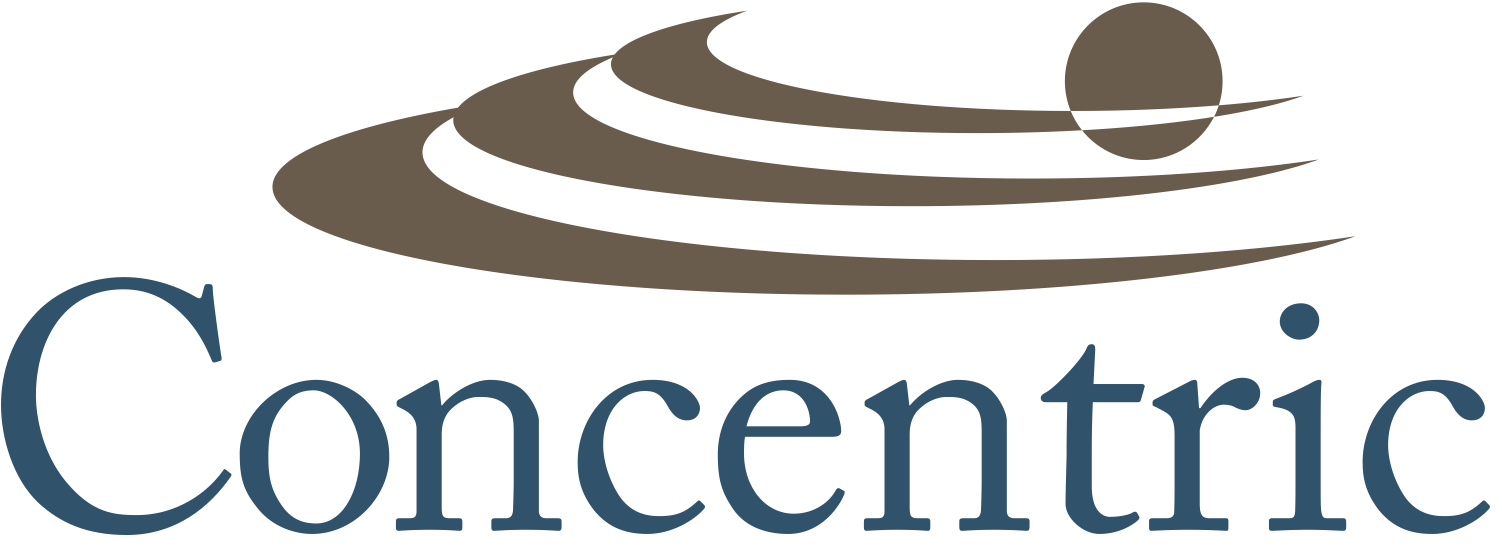White Paper: 7 Steps to Negotiating a Higher Salary
Let’s start off first with a simple question. Should you negotiate your salary? Now let’s throw in a little twist. Should you negotiate your salary in the midst of a global recession and pandemic? Answers: Probably and probably.
According to a CareerBuilder.com survey, 58% of hiring managers say they leave some negotiating room when extending initial job offers. The survey also found that many of the hiring managers agree to a candidate’s request for a higher salary. (Bauer 2017) “Negotiating can earn or save you more money in less time than just about any other method.” writes Jayson DeMers, Founder and CEO, AudienceBloom. (DeMers 2015) Tough economic times must be met with additional diligence with regard to research and strategy. Regardless, there may still be money left on the table that could be yours if approached the right way. Addressing the sluggish economy while illustrating what you can do to help the company through tough times suddenly becomes a major asset worth extra pay. (Salary 2020) Here are 7 steps built around adaptations by Bauer & Erdogan (Bauer 2017) for negotiating a higher salary during these trying times.
Step 1: Overcome your fear.
Realize that asking for what you deserve is not personal nor is it selfish. Take a deep breath, relax, and visualize receiving what could have been yours all along. Asking for what you deserve is not selfish. Once you’ve done your homework, consider your negotiations of higher compensation as if you were trying to close a deal on that next vehicle you’ve had your eye on. Nothing personal. A vehicle is only worth what someone is willing to pay for it. Same goes for your compensation.
Step 2: Get the facts…
White Paper: ISO 9001:2015 Required Documents
In this paper you will learn about the requirements for "documented information" within the latest version of the most popular quality standard in the world, ISO 9001:2015. Here is an excerpt:
Here at Concentric, we like change and typically embrace it. However, we are in agreement that several changes to the 2015 release of the ISO 9001 standard are just annoying. Changes that make understanding of the requirements less simple are, well… not simple. One example is the ambiguity associated with how many and what kinds of documented procedures and records are required. Now that the term "documented information" is being used, subscribers have to get out their ibuprofen, highlighters and dig down into the standard looking for clues like the words maintained (document required) and retained (record required). We've decided to create some more user-friendly tools to help you to better understand what's inside this 42-page document.
The following sections may be helpful in better understanding what is required vs. what is optional, for those of us who appreciate simple. All documented information, be it a traditional document or record, must be controlled in accordance with clause 7.5 Documented information. In order to make implementation and auditing simple, we recommend purchasing a printed copy of the standard and highlighting where the terms “maintained” and “retained” exist. The following sections can also be used as a quick reference guide to assist you in locating documentation requirements, examples of documents that may be used “as needed” and matrices to help you map standard references to your own language.
White Paper: Keys to Competitiveness using Strategy
In this paper you will learn the tools to begin to developing an organization strategy plan and use it as a foundation for setting your organization up for success. Here is an excerpt:
How important do you feel planning is to remain competitive? Do companies routinely take time to plan? Typically…no. (Ain’t nobody got time for that!) It is far more exciting to be reactive – to be the hero that solves the problem at the time of crisis. Whatever adrenaline rush you get from this, it is a poor way to run a business. Many of your competitors ARE planning. This puts you at a distinct disadvantage. However there are some companies are not planning. So applying this discipline gives you the competitive advantage over others.
It all starts with strong leadership.
Great leaders inspire others to greatness. They get more energy and creativity from their staff than complacent managers. They help create vision, urgency, discipline, and accountability – many keys to successful strategic planning. Leadership is needed for strategic plan development, strategic plan implementation, and strategic plan systematization.
You need to ask yourself this one question… Are you a strong leader that is ready for the strategic planning processes?

